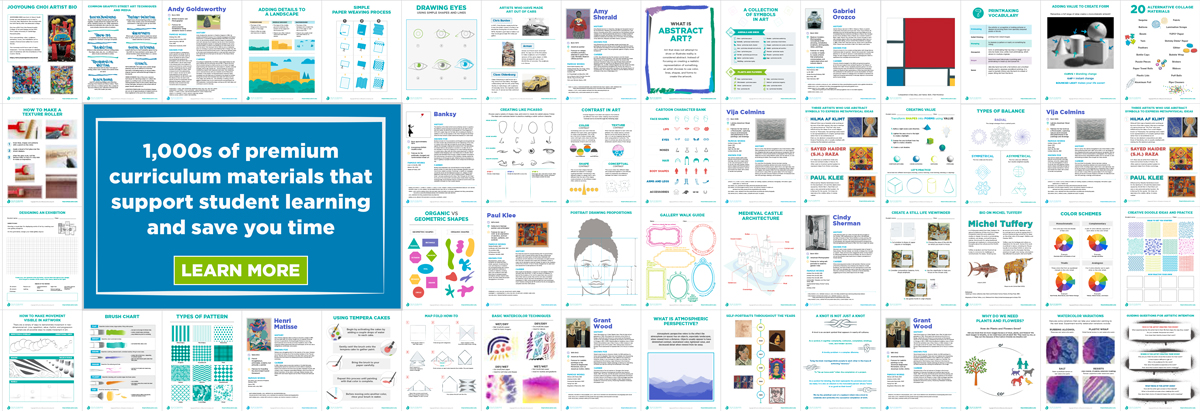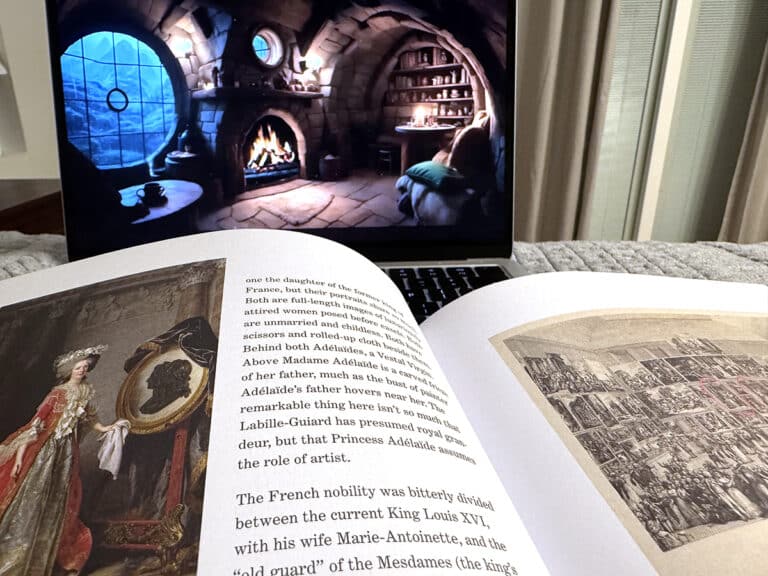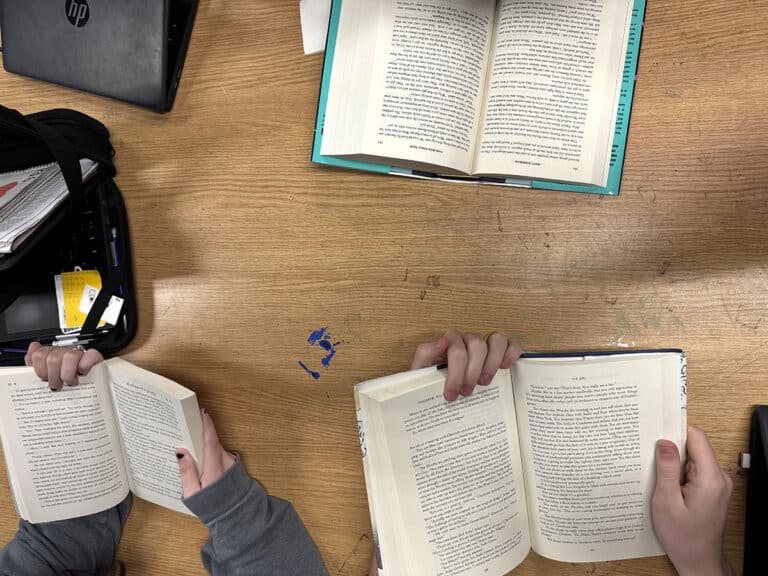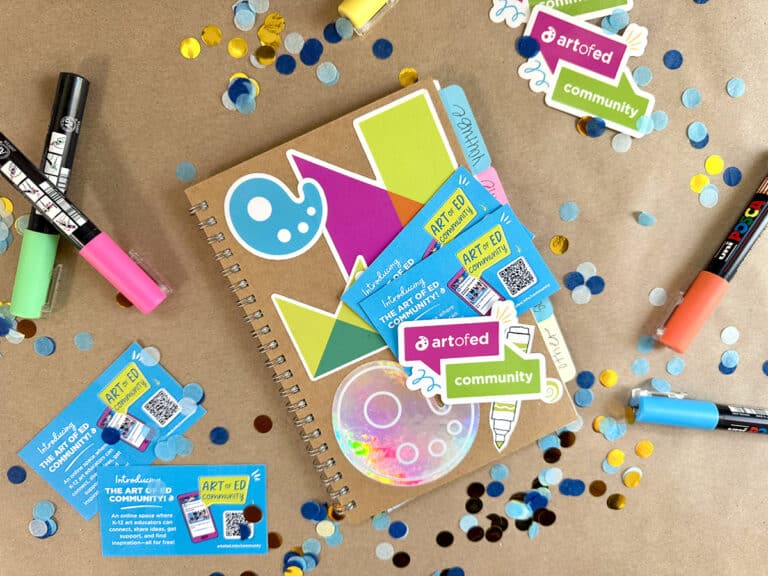Learn More: Art Education and the Coronavirus (COVID-19)
Life is unpredictable. As much as we would like to plan and execute, sometimes it just doesn’t happen. A spectrum of interruptions can get in the way of students, or you, being able to be present in your classroom. It could be a natural disaster, a wide-spread illness, a family emergency, a school-wide walk-out, or a teacher union strike. It is important to remember that while there may be a lessening of predictability, you can still have a level of calm and control over a situation. As an art teacher, you are used to a bit of planning on the fly anyway, right? You can think creatively on your feet and do it a thousand times a day without blinking an eye. When it comes to a more turbulent event, it is really just the scale, not the practice that changes.
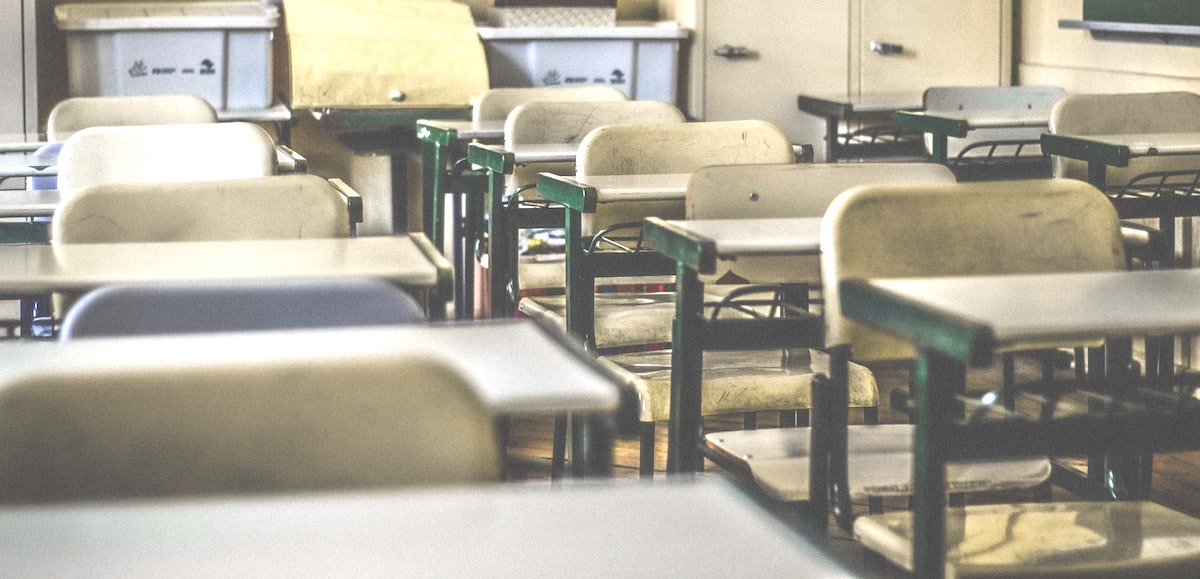
Here are four things to remember when you are an art teacher who can’t go to school:
1. Plan ahead.
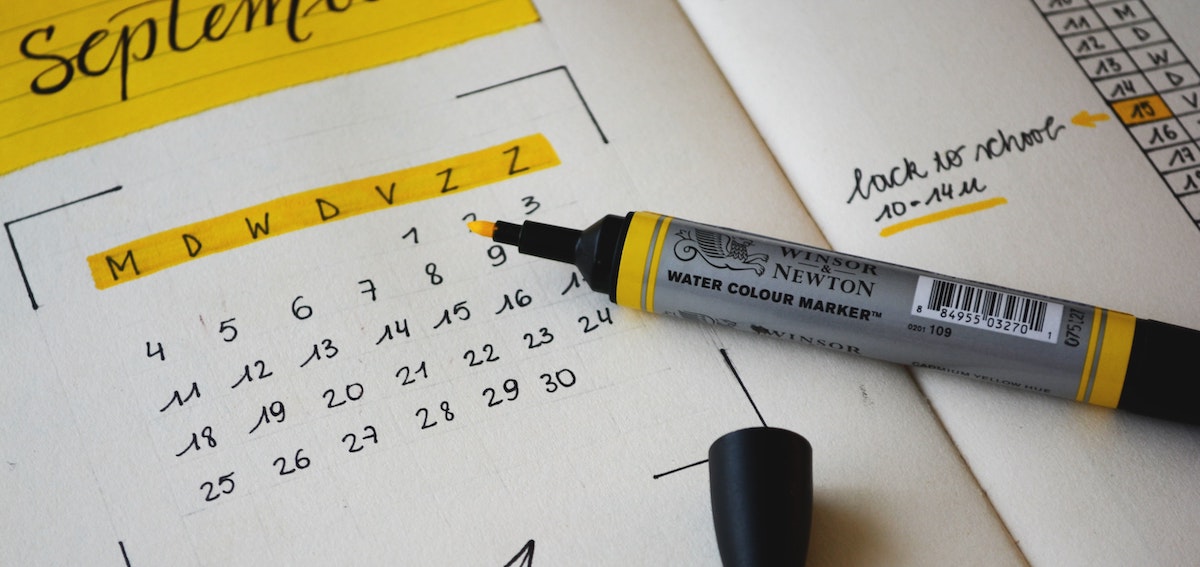
Sure, it seems obvious, but even making a few days worth of backup plans can breathe relief into your classroom. Take time to prepare a Sub Tub, a few “go-to” lesson plans, or prepare resources in your learning management system for students to access at home. Furthermore, communicate with students what they can expect from you or your lessons when you return to school. Have a plan for the first few days when you are back in your classroom so you can hit the ground running.
Learn more:
- The Easiest Way to Leave Sub Plans
- 5 Exciting Sub Plans for Right Now
- How to Flip Your Sub Plans
- How to Make a Sub Tub for Stress-Free Sick Days
- How to Plan for a Long-Term Sub
- Going Digital: The Easy Way to Create Digital Lesson Plans
- How to Plan a Successful Return from a Leave of Absence
Want a completely accessible, online art curriculum? Check out FLEX Curriculum
2. Listen to the people in charge.
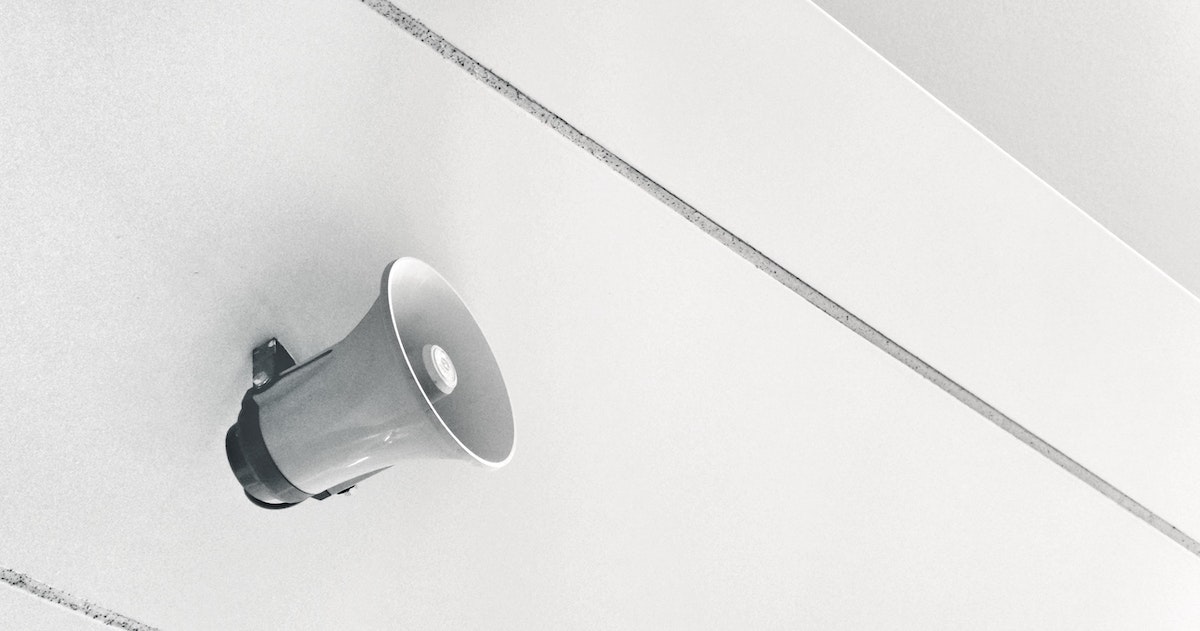
If your doctor, your health department, your union, or the weather channel is telling you not to panic—don’t! As a teacher, you want your students to take you seriously and listen to what you have to say. You are the one with a bit more life experience and artmaking expertise; you have earned your reputation. The same goes for the authorities who might decide if you are in your classroom or not. Turn off your phone notifications, and don’t let headlines dictate your mood. Take this as an opportunity to let someone else take the reigns.
Learn more:
3. Prioritize your health.

This may seem obvious, but it’s still worth saying—your health remains paramount. For example, regular exercise, plenty of sleep, a balanced diet, healthy relationship boundaries, and drinking a lot of water all can help boost your energy and immunity. You have to take care of yourself before you can even think about your students. That goes for any extended absence from the classroom or just a regular day. Furthermore, no matter how much hand sanitizer or tissue you have in your classroom, there will still be germs. The best defense is regular handwashing, but having an elbow bump policy with students and staff instead of the handshake may also be a worthwhile practice.
From The National Education Association: Schools and Coronavirus: What You Need to Know
Learn more:
- Why Your Mental Health is the Most Important Thing
- Self-Care for the Art Teacher (Ep. 196)
- 5 Tips for Staying Healthy in the Art Room this Winter
4. Appreciate the gift of time.

Sure, there are situations where with no silver linings and the unfortunate events have no redemption. But, when it comes to the majority of reasons why a school might be closed, or you cannot be in your classroom, taking the time to appreciate your surroundings or lack thereof is a good idea. Create something for yourself or your students. If appropriate, record a video and post it on your schools’ social media pages showing your students what you are doing with your time away.
Learn more:
- 10 Ways to Better Balance Work and Life
- Finding Flow with Josie Lewis (Ep. 128)
- 5 Reasons You Need a Break
- 8 Helpful Tips to Make Your Maternity Leave Less Stressful
Art teachers thrive on the impact they make with their students and their creativity. It can be frustrating, discouraging, and downright maddening when we feel like we should or could be in our classrooms. Some things are just out of our control. Hopefully, there are a few things you can implement and plan so you can continue your work both in and out of the art room.
Have you ever had to leave the classroom for an extended period of time?
What are your best practices for a long absence from school?
Magazine articles and podcasts are opinions of professional education contributors and do not necessarily represent the position of the Art of Education University (AOEU) or its academic offerings. Contributors use terms in the way they are most often talked about in the scope of their educational experiences.


